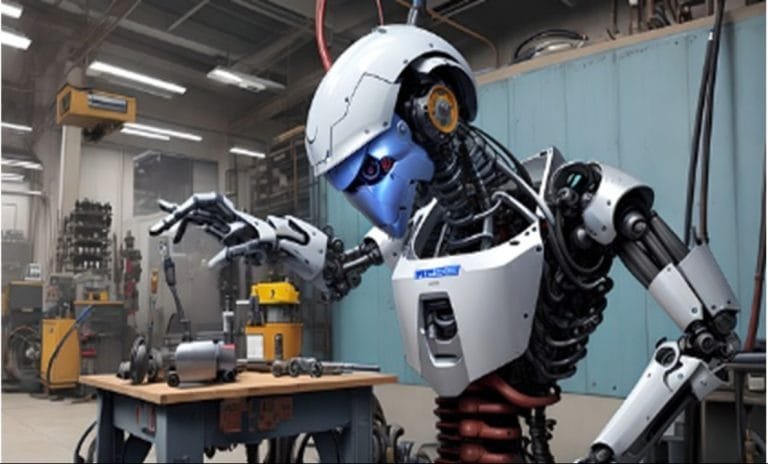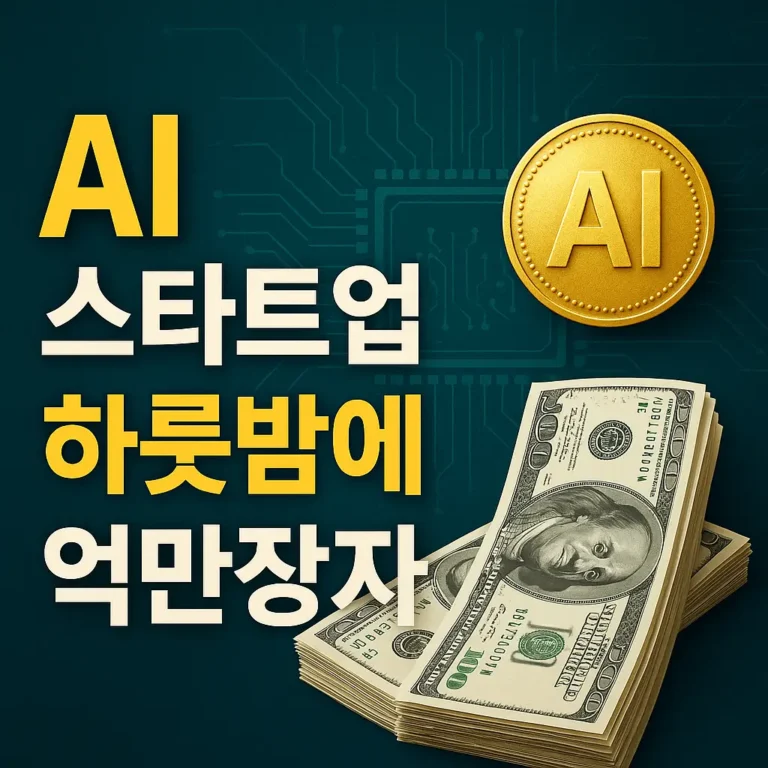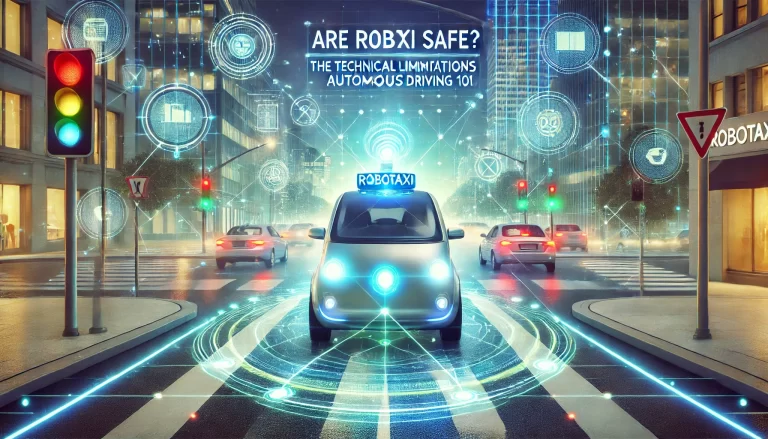Nvidia OpenAI $100B Deal: Inside the Biggest AI Infrastructure Project in History”
From GPUs to Vera Rubin: How the Nvidia OpenAI Deal Redefines AI Platforms
Nvidia OpenAI $100B project to deploy 10 Gigawatts of GPUs with Vera Rubin by 2026, redefining AI infrastructure, energy use, and model scaling.

The race to dominate artificial intelligence has reached a new level. Nvidia OpenAI announced what they describe as the largest AI infrastructure project in history, a $100 billion commitment to build 10 gigawatts of GPU-powered computing capacity. The scale rivals national energy projects and signals how central compute has become to the future of intelligence.
This partnership unites Nvidia, the global leader in GPUs, with OpenAI, the creator of frontier AI models. The investment is structured in phases, tied to each gigawatt of deployment, and will begin with the launch of Nvidia’s Vera Rubin platform in 2026.
Beyond the numbers, the Nvidia OpenAI deal raises broader questions. How will this infrastructure be built and powered? What advantages does it secure in the global AI race? And what risks emerge when two companies concentrate this level of capital and technology? This blog explores the details, implications, and future shaped by this historic agreement.
1. Inside the $100B Nvidia OpenAI Agreement
The Nvidia OpenAI deal represents the largest investment ever committed to AI infrastructure. Valued at $100 billion, it is structured not as a one-time transfer but as a phased rollout tied to the deployment of 10 gigawatts of computing capacity. This structure ensures that financial resources expand in line with actual progress on infrastructure.
Phased Investment Structure
Nvidia will provide capital in stages as each gigawatt of systems is deployed. This phased model reduces risk for Nvidia while giving OpenAI predictable access to hardware and energy resources.
What 10 Gigawatts Really Means
Ten gigawatts of computing power equates to millions of GPUs across purpose-built data centers. Each cluster requires advanced cooling, high-bandwidth networking, and stable electricity, making this project as much an energy challenge as a hardware one.
First Milestone in 2026
The first gigawatt is scheduled to go live in the second half of 2026, anchored by Nvidia’s upcoming Vera Rubin platform. This stage will validate the model before scaling to the full 10 GW.
Strategic Value for Both Sides
For OpenAI, the deal secures long-term compute capacity essential for training frontier models. For Nvidia, it guarantees steady demand for GPUs while elevating its role from supplier to strategic partner. The Nvidia OpenAI partnership blends capital, infrastructure, and hardware into a cycle of mutual growth.
2. GPUs, Data Centers, and the Vera Rubin Platform
The Nvidia OpenAI partnership is not only about financial capital but also about securing the most advanced technology stack available. At the center of this effort is Nvidia’s next-generation hardware, supported by a global network of data centers and a new platform designed for frontier AI workloads.
GPUs as the Backbone of AI
Nvidia’s GPUs remain the gold standard for training and inference at scale. For OpenAI, access to millions of these chips ensures that it can train models with greater speed, efficiency, and accuracy. Each GPU cluster is optimized for parallel computation, enabling breakthroughs that would be impossible with traditional CPUs.
The Role of Data Centers
The 10 gigawatts of capacity will not be concentrated in a single location. Instead, they will be distributed across purpose-built data centers. These facilities must handle enormous power draws, advanced cooling, and specialized networking to maintain efficiency. Each site becomes a critical hub in the broader Nvidia OpenAI infrastructure.
The Vera Rubin Platform
Slated to debut with the first gigawatt in 2026, the Vera Rubin platform represents Nvidia’s next leap forward in AI systems. It integrates GPUs, networking hardware, and optimized software stacks into a unified platform. For OpenAI, Vera Rubin offers a scalable and flexible foundation that can evolve with the demands of future models.
Why Integration Matters
By combining GPUs, data centers, and platform-level innovations, the Nvidia OpenAI deal ensures that hardware and software evolve together. This integration reduces inefficiencies, lowers operating costs, and allows both companies to co-design systems that maximize performance.
3. Timeline and Strategic Partnerships
The Nvidia OpenAI deal is not an instant build-out but a staged journey that stretches across years. While Nvidia provides the capital and technology, OpenAI must integrate this infrastructure into its broader ecosystem of partners. The timeline and strategic alliances reveal how this project is positioned within the global AI landscape.
First Gigawatt in 2026
The first gigawatt of capacity is expected to come online in the second half of 2026. This milestone will mark the launch of the Vera Rubin platform and serve as proof of concept for the remaining nine gigawatts. It also sets the pace for how quickly OpenAI can expand its compute footprint.
Progressive Rollout of Capacity
After the initial deployment, subsequent gigawatts will be added in phases. This approach gives OpenAI time to integrate new capacity, adapt to power availability, and align infrastructure growth with model development needs. Each stage requires coordination across hardware, energy, and regulatory environments.
Continued Partnerships with Microsoft and Oracle
Although Nvidia is becoming OpenAI’s preferred compute and networking partner, the company will not abandon its existing alliances. Microsoft remains a vital player by providing Azure cloud integration, while Oracle offers additional infrastructure support. These partnerships ensure redundancy and diversification in a project of this magnitude.
Why Nvidia Became the Preferred Partner
What distinguishes Nvidia is not just its chips but its willingness to invest directly in infrastructure. By combining financial capital with technological leadership, Nvidia has elevated itself from a supplier to a strategic co-architect of OpenAI’s future. This shift cements the Nvidia OpenAI partnership as one of the most important alliances in AI history.
4. Beyond Hardware: What Nvidia OpenAI Really Means
The Nvidia OpenAI partnership is more than an exchange of chips and capital. At this scale, the collaboration reshapes how hardware, software, and research evolve together. It represents a new model for co-designing the future of AI.
Hardware and Software Co-Optimization
OpenAI’s frontier models place unique demands on infrastructure. By working directly with Nvidia, these requirements can influence the design of future GPUs, networking systems, and software frameworks. The result is a feedback loop where models drive hardware innovation, and hardware enables larger, more capable models.
Mutual Dependence and Lock-In
The phased $100 billion deal creates a cycle of mutual reliance. OpenAI secures guaranteed access to compute at a time when GPUs are scarce, while Nvidia locks in a customer that is at the cutting edge of AI research. This dynamic deepens trust but also concentrates power within the Nvidia OpenAI ecosystem.
Why This Alliance Matters
Beyond efficiency, the partnership signals a shift in how AI infrastructure will be financed and deployed. No longer just a supplier, Nvidia is now a strategic co-architect of OpenAI’s future. This alignment blurs the traditional boundaries between vendor and customer, creating a partnership model that others in the industry may soon emulate.
5. Powering the Future: Energy and Economics at 10 GW Scale
One of the most challenging aspects of the Nvidia OpenAI deal is not the hardware but the power required to run it. Ten gigawatts of compute demand rivals the output of national energy projects and forces both companies to think beyond chips toward energy economics and sustainability.
Scale of Energy Needs
The 10 GW infrastructure is equivalent to the output of about ten nuclear reactors. Supplying that much electricity requires new data center construction, expanded grid capacity, and coordination with utility providers on an unprecedented scale.
Sustainability Challenges
Meeting these energy needs sustainably is critical. Water usage for cooling, emissions from fossil fuel sources, and land requirements for renewable projects all raise environmental concerns. The Nvidia OpenAI partnership must address not only technical efficiency but also public pressure to minimize the carbon footprint of AI.
Policy and Regulation
Energy at this scale attracts regulatory oversight. Local governments will need to approve land use, grid expansion, and energy sourcing. Policymakers may also impose requirements for renewable integration or environmental reporting. These factors could slow deployment or increase costs.
By linking AI to large-scale energy infrastructure, this project highlights how deeply artificial intelligence is tied to environmental and policy debates. It is not just a technological challenge but a societal one.
6. Financial Stakes and Competitive Impact
The Nvidia OpenAI deal is as much about financial strategy as it is about technology. By committing $100 billion, Nvidia is signaling confidence in OpenAI’s trajectory while reinforcing its dominance in the global AI market.
Why Nvidia is Investing Capital
Traditionally, chipmakers supply hardware and leave infrastructure funding to customers or cloud providers. In this case, Nvidia is contributing capital directly. This unusual move ensures that OpenAI can deploy infrastructure at scale while also guaranteeing that Nvidia’s GPUs remain at the center of the buildout.
The Infinite Money Loop Debate
Critics argue that this structure risks becoming a closed cycle of capital. Nvidia invests in OpenAI, which then purchases Nvidia GPUs, while infrastructure partners like Oracle provide additional support. This raises questions about sustainability and whether such arrangements distort competition.
Impact on the AI Infrastructure Race
For competitors such as Google, Amazon, and Meta, the Nvidia OpenAI partnership raises the bar for what it takes to compete in frontier AI. Securing compute is no longer a matter of renting capacity; it now involves billion-dollar commitments and direct collaboration with hardware suppliers. This shift could accelerate consolidation, leaving only a handful of players able to operate at the highest levels.
In this sense, the financial stakes extend beyond Nvidia and OpenAI. The deal reshapes the economics of AI and sets a precedent for future large-scale alliances.
7. Risks, Unknowns, and the Bigger Picture
The Nvidia OpenAI partnership is bold in scale but not without challenges. Building 10 gigawatts of AI infrastructure introduces risks ranging from technical hurdles to geopolitical pressures. Understanding these uncertainties is key to assessing the long-term impact of the project.
Deployment Bottlenecks
Constructing data centers of this magnitude requires land, grid connections, and specialized components. Delays in permitting, supply chain disruptions, or shortages of skilled labor could slow the rollout and push back critical milestones.
Risk of Over-Investment
AI development moves quickly, and hardware or model paradigms can shift. If more efficient chips, alternative architectures, or new approaches to AI emerge, parts of the $100 billion investment may become less valuable. The Nvidia OpenAI deal ties both companies to a specific roadmap, which carries inherent risk.
Regulatory and Geopolitical Pressures
At this scale, governments will pay close attention. Regulators may scrutinize the concentration of power in a few firms, while energy demands could spark debates over sustainability. Geopolitical tensions, particularly around semiconductor supply chains, could also affect project execution.
Shaping the Global AI Landscape
Despite the risks, the deal positions Nvidia and OpenAI at the center of global AI competition. Their success or failure will influence how future infrastructure projects are financed and deployed. The partnership is not only a business decision but a milestone in how nations and industries adapt to the rise of artificial intelligence.
Conclusion: The Future Defined by Nvidia OpenAI
The Nvidia OpenAI deal is more than a record-breaking investment. It represents a new model for how AI infrastructure is funded, built, and scaled. By combining phased capital commitments with cutting-edge GPUs and the Vera Rubin platform, the partnership ensures that OpenAI has the compute it needs to drive frontier research while Nvidia secures its position as the backbone of global AI.
At the same time, this project raises questions about sustainability, competition, and concentration of power. The challenges of energy demand, regulatory oversight, and technological change cannot be overlooked. Yet the scale of ambition makes clear that AI is no longer just a research field but a central driver of economic and industrial transformation.
As the first gigawatt comes online in 2026, the Nvidia OpenAI partnership will stand as a test case for whether massive infrastructure investments can truly shape the future of intelligence.






